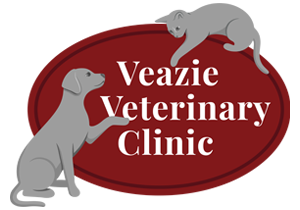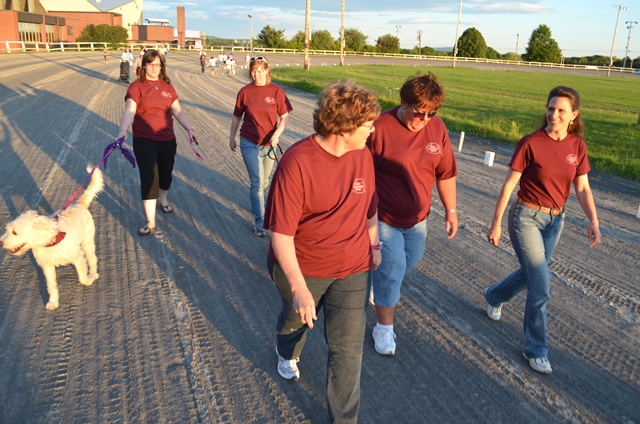On Saturday, June 9th, Greater Bangor Bark for Life will be having a fundraising event for the American Cancer Society. Bark for Life is a fun, dog-centered adjunct to Relay for Life, celebrating the canine caregivers of human cancer patients. However, cancer affects dogs directly as well, and the event brings up questions about cancer and cancer treatment for dogs.
Pets are living longer than ever before. Because more pets are living into their senior years, we are seeing more cases of cancer. It is devastating to learn that your pet has cancer. However many types of cancer can be treated, or the quality of life improved, with chemotherapy and other treatments. The decision whether or not to go forward with cancer treatments can be a difficult one, and is one made by pet guardians with support from doctors. Veterinarians can consult with you about different approaches to cancer management, and give you information about the best course of treatment for your pet.
What is Cancer?
Cancers are diseases caused by cells which are replicating out of control, forming a population of clones. The “parent” cell is a normal cell in the body. The different kinds of cancer are designated by what kind of cell that parent cell was, such as a bone cell, a skin cell, or a blood cell. This tells us the “family” the cancer belongs to. Often, the cancer is then further categorized by how abnormal the cells appear, or whether they have spread to other parts of the body. This process is called staging. Staging is used to determine the prognosis for that patient, and the relative likelihood of response of the patient to treatment.
How is Cancer Diagnosed?
Cancer is diagnosed by looking at suspicious cells to see whether they are abnormal, and what type of cell they are. Veterinarians can sample cells in one of two ways. Cytology is when a needle is used to take a few cells from the area, the cells are placed on a slide, and then the cells are examined under a microscope. This yields a very small sample, but is sufficient for some types of cancer. Histopathology is when a larger sample (like a mass or a piece of a mass) is sent to a specialist for a more in-depth review of the tissues. This test yields a lot more information, but sometimes still further testing is needed on this sample to determine subcategories of disease.
After a cancer diagnosis, your veterinarian will discuss the expected course and treatment options with you. Comprehensive treatments can involve staging of the cancer, surgical removal of the primary tumor, and chemotherapy treatments, as well as addressing pain control, nutrition, and overall health and wellness concerns. Some cancers require further testing on removed tissue to determine the sub-type, aiding in choosing a chemotherapy protocol and in providing a prognosis.
Chemotherapy
Chemotherapy is a word which carries a heavy burden of negative associations for most people. People are often very sick while undergoing cancer chemotherapy, however the treatment process is different in many ways for our beloved companions. Veterinarians use chemotherapy to give animals a longer life than they would otherwise have, but more importantly, to also make that life more comfortable.
The goal in cancer treatment of pets is to minimize the negative aspects of treatment so that the pet can have the best life possible. Dogs and cats do not get as sick as people do with chemotherapy, and hair loss occurs rarely, usually only in certain breeds. Although veterinarians use the same drugs as those used in people, they do not treat as aggressively, thus reducing side effects. Therefore, chemotherapy does not eradicate any chance of recurrence.
Treatment time varies with the type of cancer. For instance, the most common lymphoma protocol takes about six months to complete, whereas the most common hemangiosarcoma protocol takes about four months to complete. Most treatments are done every 2 – 3 weeks, with recheck bloodwork done in between. Patients usually stay for only part of the day at each treatment. Most, but not all, treatments are given intravenously.
Other Cancer Treatment
Aside from chemotherapy, there are many things that can be done to assist a cancer patient. Surgery can be helpful in dealing with the consequences of a mass, improving quality of life. Pain management is critical, and can be approached many ways. Good nutritional support is another area that is vital, and often takes some ingenuity. Alternative medicine can also offer many options.
When treatments are done, the veterinarian monitors for any signs of recurrence with recheck exams and testing. Some patients receive oral medications at home for the rest of their lives. If the cancer recurs, sometimes a “rescue protocol” can be used to achieve remission again. If remission cannot be achieved, care is provided similar to hospice care in people.
While cancer is a serious disease in all its forms, it is good to know that there are many ways to help our beloved companions have good quality of life after diagnosis. Veazie Veterinary Clinic will have an information booth at the Bark for Life event where you can get more information, and also has a team walking in honor of their cancer patients.





